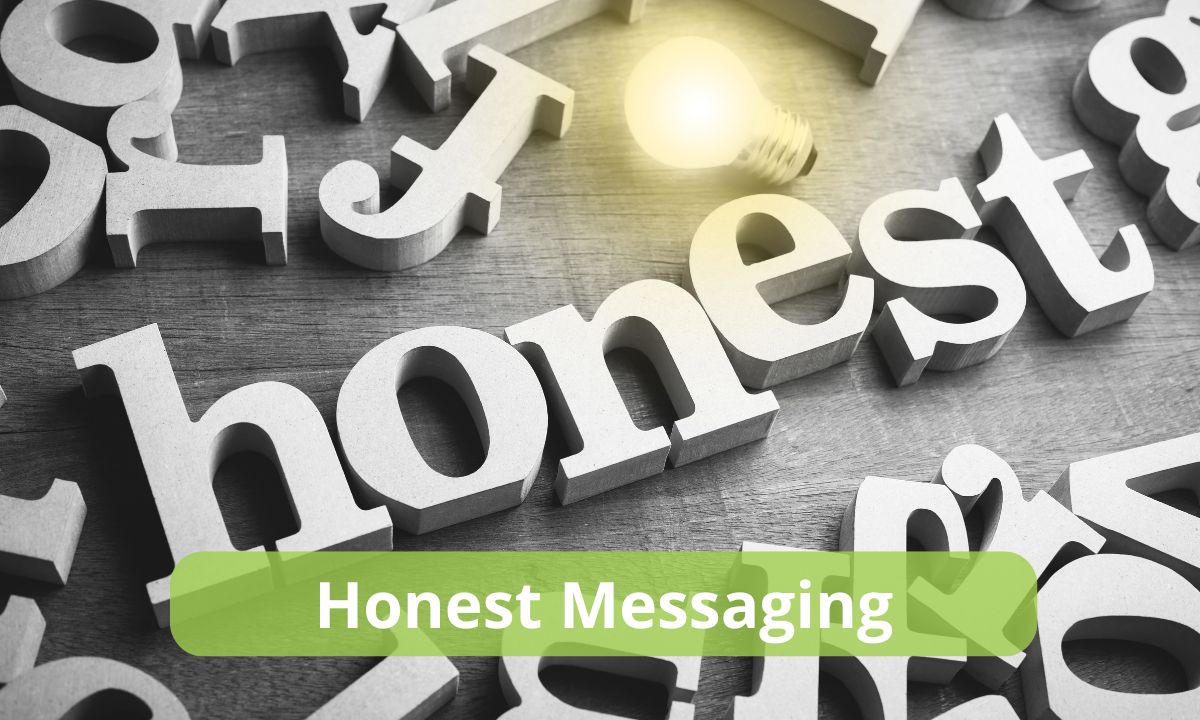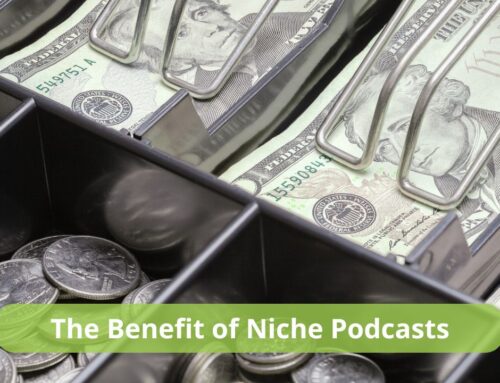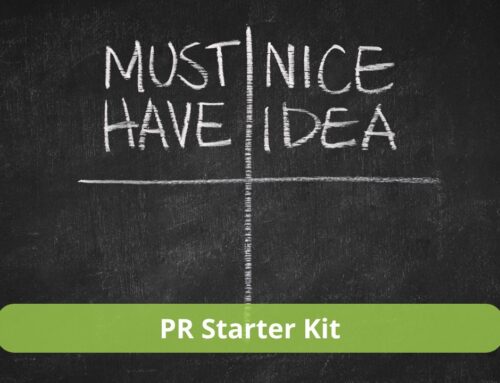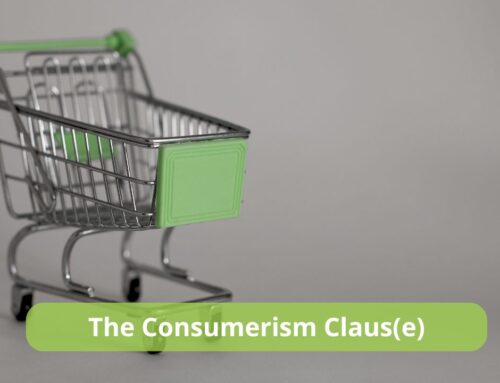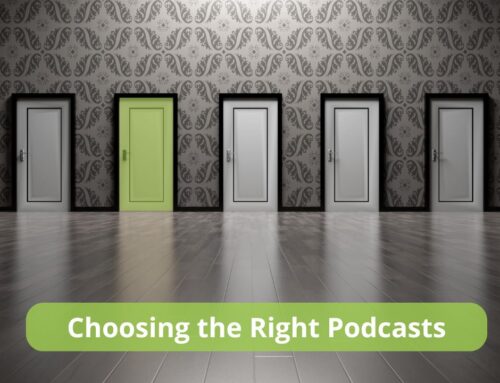Have you ever walked through a family-friendly haunted house? One of the most spine-tingling activities at these PG-rated affairs is a row of spooky-themed “mystery boxes,” each with an opening just big enough for a hand. These boxes are filled with different foods that might be mistaken for something ghoulish: peeled grapes as a mummy’s eyeballs or cooked spaghetti as a monster’s brains.
Each visitor is told the disgusting “truth” about the contents of each box and then dared to stick their hands inside. And almost everyone hesitates. No matter how convinced someone might be that what’s inside each box is completely harmless, the mystery and misdirection of it all keep them confused and slightly scared.
This deceptive game is the perfect illustration of modern marketing.
Many marketers don’t want the consumer to see inside the box. They don’t want them to truly understand what’s in front of them. They don’t offer them the truth.
But honest messaging is making a comeback. Slowly but surely, companies are starting to see the intrinsic benefits of more authenticity and greater transparency. These companies are opening up the box to embrace straightforward customer relationships—and it’s paying off.
1.
It Creates Educated Consumers
Modern automotive marketing is all about illogical, aspirational thinking. But it hasn’t always been that way. The earliest advertising efforts were educational, citing practical details about each car’s design. The automobile was still a new concept to many people, so it stood to reason that the best way to get them to purchase one was to speak to them plainly about its features and benefits. The goal was a more auto-savvy consumer.
Unfortunately, that trend didn’t last. As early as 1965, automotive companies were already looking at their commercials as something more manipulative. Why? I think it’s because many business leaders became convinced that honest messaging won’t produce results, which is flatly untrue.
For starters, honest messaging creates educated consumers, which is a societal benefit in its own right. That said, consumers also really respond to education, which is why the average person is 131% more likely to purchase after reading a piece of educational content.
2.
It Emphasizes Your Company’s Values
In the 1970s, values-based marketing was almost nonexistent. Sure, some companies were prioritizing their values and incorporating that passion into their business model. However, the idea of selling your business based entirely on its ethical approach to its industry was still a radical idea.
By the early 1990s, mainstream ethical consumerism was gaining attention. It was the idea of marketing a product to customers via its social and environmental impacts. And the motivation behind this type of messaging is steadily increasing today. Eighty-two percent of shoppers want to buy from brands whose values align with their own—and 75% have parted ways with brands whose values conflict with theirs. This is why speaking about your organization’s values is all but required. Honest messaging gives customers confidence that they’re supporting a company they can believe in and that aligns with their own commitments.
3.
It Promotes Transparency For Everyone
Over 72% of all statistics are made up. See what I did there?
It’s funny, but getting a clear and authentic picture of reality is getting more and more difficult. Eighty percent of consumers think there is a serious problem with misinformation in digital media, the vast majority of people think others lie when taking political polls, and even scientific surveys often can’t be trusted. The truth about everything is more obscured each day because no one wants to open the box.
When marketers produce honest messaging, we’re holding everyone more accountable—the company, the consumer and the media. We’re creating a cycle that reinforces what’s real, instead of propping up what is misleading and disingenuous. It’s about opening the box for everyone.
4.
It Shapes The Economy According To Informed Decisions
Imagine you’re trying to paint a bowl of fruit, but you’re going about it with all the wrong information. Maybe you think yellow and red mix together to make purple. Or maybe you think a bowl of fruit looks like a bowl of cereal. Regardless, you’re ill-informed, and your painting isn’t going to turn out like you wanted.
Consumers’ decisions are shaping the economy around us—they’re making a painting. If the consumer decisions inspiring that artwork are based on misinformation, then the painting is going to be a mess. Similarly, misled consumers are never going to provide us with the economic reality we truly want, which is one based on transparency, honesty and mutual trust.
5.
It Embraces Authenticity
Most honest people likely agree that there is an inherent right to authenticity. Beyond that, 70% of consumers now think it’s important for brands to “take a stand” on social and political issues, likely because 53% now expect brands to make a difference in the world around them. In many ways, brands and organizations have become our voices by proxy, making it absolutely paramount that those voices be authentic.
The Hard Work Of Being Honest
We want a more honest reality, but many marketers are scared of embracing it. Why? Because they don’t think people will respond to it. Because dishonesty sometimes succeeds. And because honesty can be really hard work.
But it doesn’t have to be. If you can establish the right strategies and procedures for your marketing channels, your organization is perfectly capable of sending out a more honest message while maintaining its own success.
It all boils down to four fundamental changes:
1. Create two-way communication channels. Don’t just dictate your message. Start conversations.
2. Focus on well-being, not exploitation. Marketing sets the tone. How can your messaging build people up?
3. Use storytelling to connect, not to control. Honesty is what connects. Tell authentic company stories and use real testimonials.
4. Embrace radical transparency at every level. Never shy away from showing your customers the reality of your business.
These are big changes. They can’t be rushed, and they can’t be accomplished lightly. However, they can and will yield results while keeping your organization on the honest side of your industry’s marketing conversation.
If you need guidance with your PR/Marketing journey, feel free to reach out. I’m here to help.

